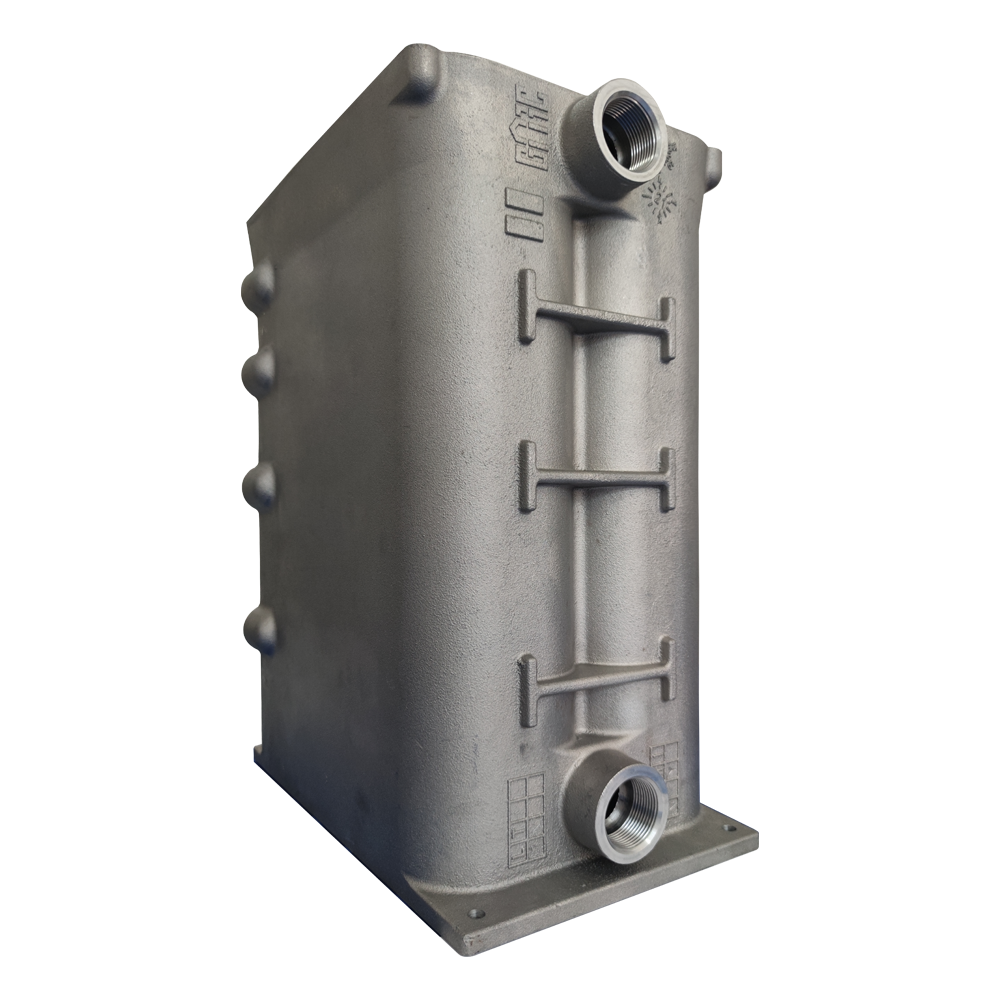- Afrikaans
- Albanian
- Amharic
- Arabic
- Armenian
- Azerbaijani
- Basque
- Belarusian
- Bengali
- Bosnian
- Bulgarian
- Catalan
- Cebuano
- China
- China (Taiwan)
- Corsican
- Croatian
- Czech
- Danish
- Dutch
- English
- Esperanto
- Estonian
- Finnish
- French
- Frisian
- Galician
- Georgian
- German
- Greek
- Gujarati
- Haitian Creole
- hausa
- hawaiian
- Hebrew
- Hindi
- Miao
- Hungarian
- Icelandic
- igbo
- Indonesian
- irish
- Italian
- Japanese
- Javanese
- Kannada
- kazakh
- Khmer
- Rwandese
- Korean
- Kurdish
- Kyrgyz
- Lao
- Latin
- Latvian
- Lithuanian
- Luxembourgish
- Macedonian
- Malgashi
- Malay
- Malayalam
- Maltese
- Maori
- Marathi
- Mongolian
- Myanmar
- Nepali
- Norwegian
- Norwegian
- Occitan
- Pashto
- Persian
- Polish
- Portuguese
- Punjabi
- Romanian
- Russian
- Samoan
- Scottish Gaelic
- Serbian
- Sesotho
- Shona
- Sindhi
- Sinhala
- Slovak
- Slovenian
- Somali
- Spanish
- Sundanese
- Swahili
- Swedish
- Tagalog
- Tajik
- Tamil
- Tatar
- Telugu
- Thai
- Turkish
- Turkmen
- Ukrainian
- Urdu
- Uighur
- Uzbek
- Vietnamese
- Welsh
- Bantu
- Yiddish
- Yoruba
- Zulu
Nov . 08, 2024 08:08 Back to list
Exploring the World of Cast Iron Foundries and Their Unique Manufacturing Processes
The Importance of Cast Iron Foundry in Modern Manufacturing
Cast iron foundries play a crucial role in the manufacturing sector, providing essential components used in various applications, from heavy machinery to everyday household items. The history of cast iron dates back to ancient times, but its significance has only grown with advancements in technology and engineering. This article explores the fundamental aspects of cast iron foundries, including their processes, applications, and the benefits they offer.
Understanding Cast Iron
Cast iron is an alloy of iron with a carbon content greater than 2%. It is prized for its excellent castability, wear resistance, and unique mechanical properties. The most common types of cast iron include gray cast iron, ductile cast iron, and white cast iron, each with its specific characteristics, making them suitable for different applications. Gray cast iron, known for its good machinability and excellent damping capacity, is widely used in things like engine blocks, pipes, and machinery bases. Ductile cast iron, with its improved tensile strength due to the presence of nodular graphite, finds use in more critical applications, such as gears and automotive parts.
The Cast Iron Foundry Process
The process of creating cast iron components typically involves several key steps pattern making, molding, melting, pouring, and finishing
.1. Pattern Making A pattern, usually made from wood or metal, is created to form the mold cavity. The accuracy of the pattern is critical, as it defines the final dimensions of the cast component.
2. Molding The mold is created by compacting sand around the pattern. In some cases, foundries use a combination of sand and binders to create a more stable mold.
3. Melting Pig iron, scrap metal, and other alloying elements are melted in a furnace, such as an electric arc or induction furnace, at temperatures exceeding 1,200°C (2,192°F). This process allows for the refinement of the metal and the addition of alloys to achieve desired properties.
cast iron foundry

4. Pouring Once the metal reaches the correct molten state, it is poured into the prepared molds. Cooling can take place in various ways, depending on the desired properties of the final product.
5. Finishing Once the metal has cooled and solidified, the cast part is removed from the mold. It may require additional processes such as machining, grinding, or surface treatment to achieve the specified tolerances and surface finishes.
Applications of Cast Iron
Cast iron has a diverse range of applications across numerous industries. In the automotive industry, it is used for engine blocks, cylinder heads, and exhaust manifolds. In construction, cast iron piping is renowned for its durability and resistance to corrosion. Furthermore, kitchenware like cast iron skillets and Dutch ovens exemplifies the material's versatility, as it provides excellent heat retention and even cooking.
Benefits of Cast Iron Foundry
The advantages of using cast iron are manifold. Its high wear resistance translates into longer product life, ultimately offering cost savings for manufacturers and end-users. The ability to create complex shapes makes cast iron foundries essential for producing intricate designs that would be difficult or impossible to achieve with other materials. Moreover, the recyclability of cast iron not only aligns with sustainable practices but also reduces the overall production costs.
Conclusion
In conclusion, cast iron foundries are indispensable in today’s manufacturing landscape. They provide a wide array of components that are essential for multiple industries, ensuring the production of high-quality goods. The continued evolution of foundry technologies and processes only enhances the potential of cast iron, making it a material that will remain relevant for years to come. Understanding the processes and applications of cast iron foundries lays the groundwork for appreciating their impact on modern manufacturing and everyday life.
-
Premium Cast Iron Water Main Pipe: Durable, Corrosion-Resistant
NewsAug.03,2025
-
Durable Cast Iron Water Mains | AI-Optimized Systems
NewsAug.02,2025
-
High-Efficiency Propane Boiler for Baseboard Heat | Save Energy
NewsAug.01,2025
-
Premium Source Suppliers for Various Gray Iron Castings
NewsJul.31,2025
-
Durable Cast Iron Water Main Pipes | Long-Lasting
NewsJul.31,2025
-
High-Quality Cast Iron Water Main Pipe for Durable Infrastructure
NewsJul.30,2025


